Identifying dangerous zones for weapons clearance in Iraq
In early 2016, Handicap International launched its weapons clearance actions in the governorates of Kirkuk and Diyala, in Iraq. Clearance operations will soon start in these regions, after several months of preliminary non-technical surveys and the marking of contaminated areas.

In the governorate of Kirkuk, Handicap International is conducting Non-Technical Surveys prior to the launch of clearance activities in the region | © E.Fourt / Handicap International
Non-technical surveys are being conducted preliminary to the mapping and marking of areas contaminated by explosive remnants of war and improvised explosive devices, including legacy contamination (from previous wars), and recent contamination following the occupation of territories by the Islamic State group. They are an essential component of the weapons clearance process.
“When you conduct a non-technical survey, it’s important to identify what the explosive remnants of war are and which areas are affected, in order to prepare for weapons clearance operations. One of the main challenges of non-technical surveys in Iraq is that we’re not dealing with mines but all kinds of improvised explosive devices spread across extensive areas,” explains Emmanuel Sauvage, Handicap International’s mine action regional coordinator.
The organization’s clearance operations will begin at the end of the summer, particularly in the city of Jalawla and its surroundings (Diyala Governorate). This city has seen a lot of fighting, which has made it one of the worst affected by the current conflict, and residents are still unable to access many of the neighbourhoods. Booby traps and improvised devices are still present in many streets, homes and buildings. The inhabitants of Jalawla are gradually starting to move back, although the area is still not safe. Handicap International’s mine action activities, which includes weapons clearance, victim assistance and risk education, aim at making the town and its suburbs safe for residents.





